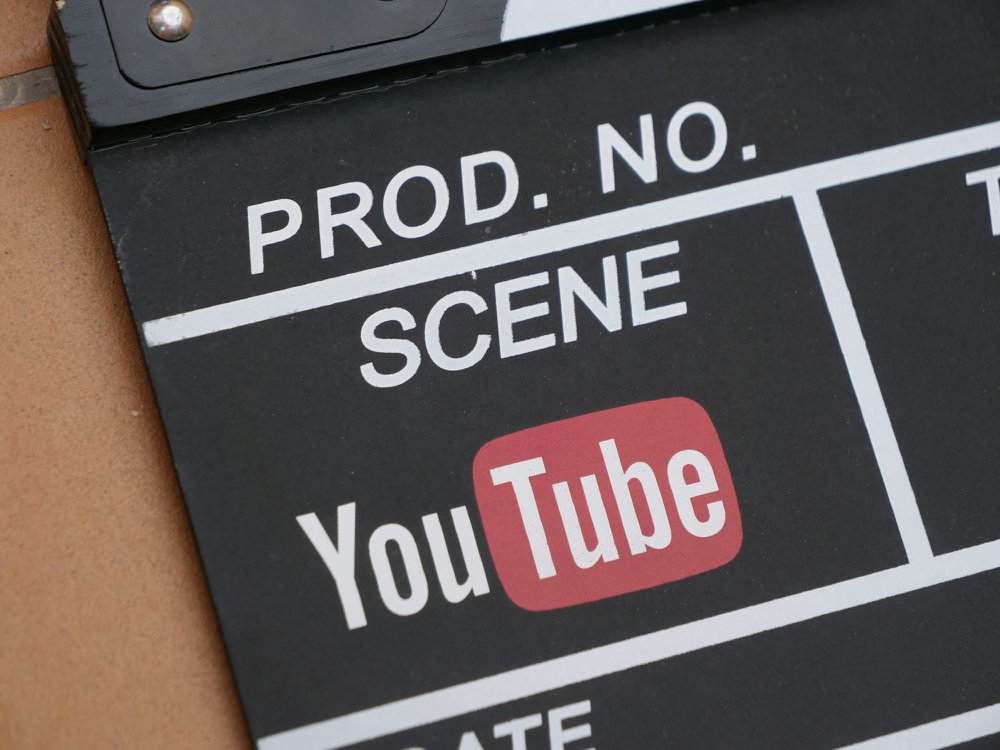It’s clear YouTube has made its mark as the head honcho of video streaming. But did you know they’ve branched out into the world of TV as well? Since YouTube TV offers a subscription-based service supported by advertising, the question arises: Are YouTube TV ads an effective way to reach your target audience?
This article provides a comprehensive guide to understanding YouTube TV advertising strategies, types, and targeting options, helping you optimize your campaigns and reach the right audience.
What Does YouTube TV Offer?

YouTube TV (YTTV) is a Virtual Multi-Platform Video Distributor (vMPVD) that brings together live TV, video-on-demand (VOD), and cloud DVR capabilities. Key features include:
- Simultaneous streaming on up to three devices and up to six accounts per household.
- Unlimited DVR recordings, allowing viewers to record and fast forward through recorded content.
- Compatibility with nearly all supported devices, including smartphones, tablets, and Smart TVs.
- No-contract cancellation with no hidden fees.
- Access to over 85 TV networks, including major cable and broadcast channels such as ABC, CBS, FOX, PBS, BBC America, CNBC, CNN, FOX News, and MSNBC.
Sports fans can enjoy channels like CBS Sports, ESPN, ESPN 2, NFL Network, NBC Sports, MLB Network, NBA TV, Showtime (a premium channel), NFL Redzone, and HBO (premium channel).
Pricing starts at $65/month, which is competitive compared to traditional cable TV services that often exceed $100/month. An enhanced package offering offline downloads, 5.1 Dolby audio, and live sports streaming features is available for an additional $19.99 per month.
Currently, YouTube TV does not offer an ad-free version, so all subscribers will see commercials similar to those on traditional TV. Users watch live channels and traditional TV content, often encountering the same ads as on cable TV. A wide selection of movies and YouTube Originals is also available on demand.
Advertising With YouTube TV

Advertising without targeting uninterested audiences wastes time and money. YouTube TV allows businesses to reach their target audience effectively by leveraging Google's advanced targeting capabilities, including:
- Demographics: Age, gender, location.
- Interests: Based on viewer behavior and preferences.
- Devices: Targeting users on smartphones, tablets, and Smart TVs.
This precise targeting ensures ads are shown to viewers who are more likely to engage with your brand.
Advertisers can place ads strategically during live broadcasts or on video-on-demand content to maximize reach. Topic targeting allows ads to appear on YouTube TV programs related to specific niches, even if the product or service isn’t directly related.
TV Advertising Vs YouTube TV Advertising

Traditional cable TV advertising lacked detailed tracking, making it hard to measure campaign effectiveness. YouTube TV advertising changes this by providing:
- Impression-level and device-level reporting to see where and how ads perform.
- Show-level reporting that indicates which YouTube TV programs your ads appeared on.
- Viewer engagement metrics such as views, clicks, reach, and frequency through YouTube Analytics.
This data helps advertisers optimize campaigns and improve return on investment.
Key statistics highlight YouTube TV's growing impact:
- Over 3 million paid subscribers in the U.S. (source).
- 60% of young adults in the U.S. primarily watch TV online via streaming platforms (source).
- YouTube averages over 180 million daily views across devices including gaming consoles, Chromecasts, and Smart TVs (source).
Types of YouTube TV Ads
YouTube TV currently supports two main ad formats designed to engage viewers without the option to skip:
- Non-skippable in-stream ads: Up to 15 seconds, shown before, during, or after videos. These ads require viewers to watch fully before accessing content. They must include a companion image (300x60 pixels, PNG/JPG/static GIF, max 1KB) and comply with Google's ad policies.
- Bumper ads: Short, 6-second non-skippable ads designed for quick, memorable messaging. They share the same requirements as non-skippable ads except for length.
Ads on YouTube TV are sold via two main purchasing methods:
- Reservation basis: Guaranteed placements where advertisers reserve specific ad slots.
- Auction basis: Ads bought through Google Ads auctions may run on YouTube TV but without guaranteed placement.
Targeting and Campaign Goals

Clear campaign objectives and precise targeting are essential for success on YouTube TV.
How YouTube TV Targets Audiences
YouTube TV leverages layered targeting strategies combining demographics, interests, and behavioral data (like past purchases or website visits). This helps deliver ads to viewers ready to take action, improving engagement and budget efficiency.
Setting Effective Campaign Objectives
- Brand awareness: Use non-skippable ads for maximum visibility.
- Direct response: Include clickable elements in ads to drive website traffic or conversions.
Aligning ad content with business goals enables better optimization and measurable results.
Aligning Ad Content with Audience Segments
Matching ad content to audience interests boosts engagement. For example:
- Sports fans respond well to ads about gear or event tickets.
- Movie lovers engage with streaming or cinema promotions.
YouTube TV’s ad formats offer flexibility to target different segments effectively.
Frequently Asked Questions (FAQs)
How to target audience on YouTube ads?
You can use Google Ads' advanced targeting strategies, including demographics, interests, and behavioral data such as past purchases or website visits. Layering these options helps reach viewers most likely to engage with your ads. For detailed guidance, visit Levitate Media's YouTube TV advertising insights.
Does YouTube TV have targeted ads?
Yes, YouTube TV supports targeted ads using Google Ads technology. Advertisers can tailor ads based on demographics, interests, and viewing behavior to ensure relevance during live broadcasts and on-demand content. Learn more at Levitate Media.
How to find your target audience for ads?
Identify who benefits most from your product or service, then use Google Ads tools to define demographics, interests, and behaviors. YouTube's platform allows further refinement based on watch history and engagement. Track your video analytics to measure ad performance and optimize your approach.
How to reach the right audience on YouTube?
Combine precise targeting strategies, clear campaign goals, and relevant ad content. Use Google Ads targeting tools to select demographics, interests, and behaviors matching your ideal customers. Tailor your ad creative to resonate with audience segments. For expert tips, visit Levitate Media's YouTube campaign optimization guide.









